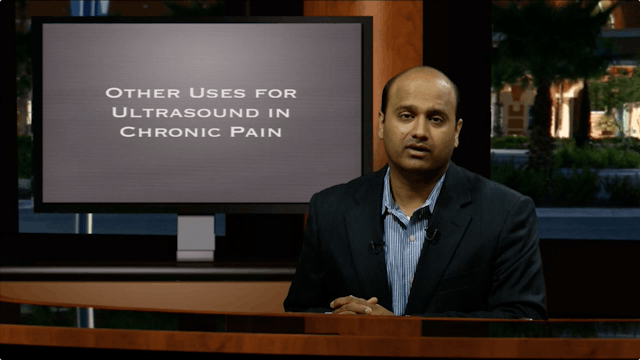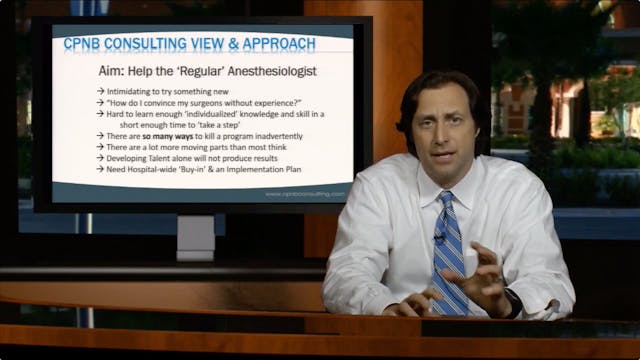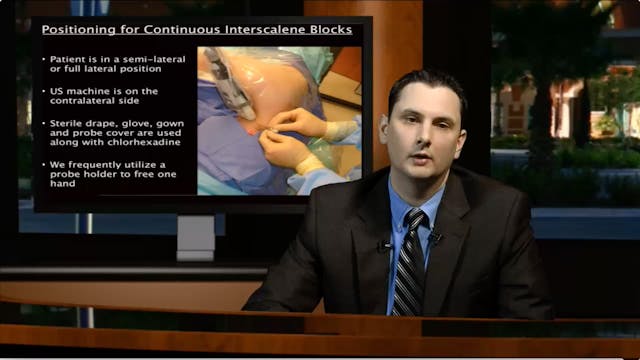Dr. Theresa Bowling, Director of Regional Anesthesia at Integrated Anesthesia Associates Fairfield Division, and President and Founder of SSRA, discusses the use of Rectus Sheath and Quadratus Lumborum (QL) blocks for the management of pain after abdominal surgery.
Dr. Bowling is a native New Yorker but has lived and practiced anesthesiology in Connecticut for over 20 years since she completed her anesthesia residency at Yale New Haven Hospital in 1995. She is the Director of Regional Anesthesia at Integrated Anesthesia Associates Fairfield Division at St. Vincent’s Medical Center in Bridgeport, CT. Dr. Bowling is also the President and Founder of SSRA, a leading provider of training for Regional Anesthesia in the techniques of ultrasound guided nerve blocks and Regional Anesthesia program development in the context of ERAS.
Her special interests include competing in equestrian events in the hunter and jumper arena, skiing, traveling, and being a mom to her two children Avery and Caden.
Please visit https://ssrausa.com for more information regarding upcoming live training seminars. And connect with Dr. Bowling on LinkedIn here: https://www.linkedin.com/in/theresabowling
Up Next in BLOCKJOCKS VIP Symposium
-
Ultrasound & Chronic Pain
VIP Lecture Series: Dr. Rajnish Gupta MD, Assistant Professor of Anesthesiology & Associate Director of Adult Acute Pain Service at Vanderbilt University Medical Center, discusses the use of ultrasound for procedures to treat chronic pain.
-
Benefits of Continuous Peripheral Ner...
In this new BLOCKJOCKS VIP Lecture Dr. Jerry Jones, an Assistant Professor of Anesthesiology at the University of Tennessee Health Sciences Center in Memphis, discusses the benefits of continuous perineural catheters including improved patient outcomes, impact on the overall health care system, o...
-
Continuous Interscalene Catheters
VIP Lecture Series: Dr. Michael Herrick, an assistant professor of anesthesiology at the Dartmouth-Hitchcock Medical Center, discusses his department's approach for placing continuous interscalene catheters for perioperative analgesia.




2 Comments